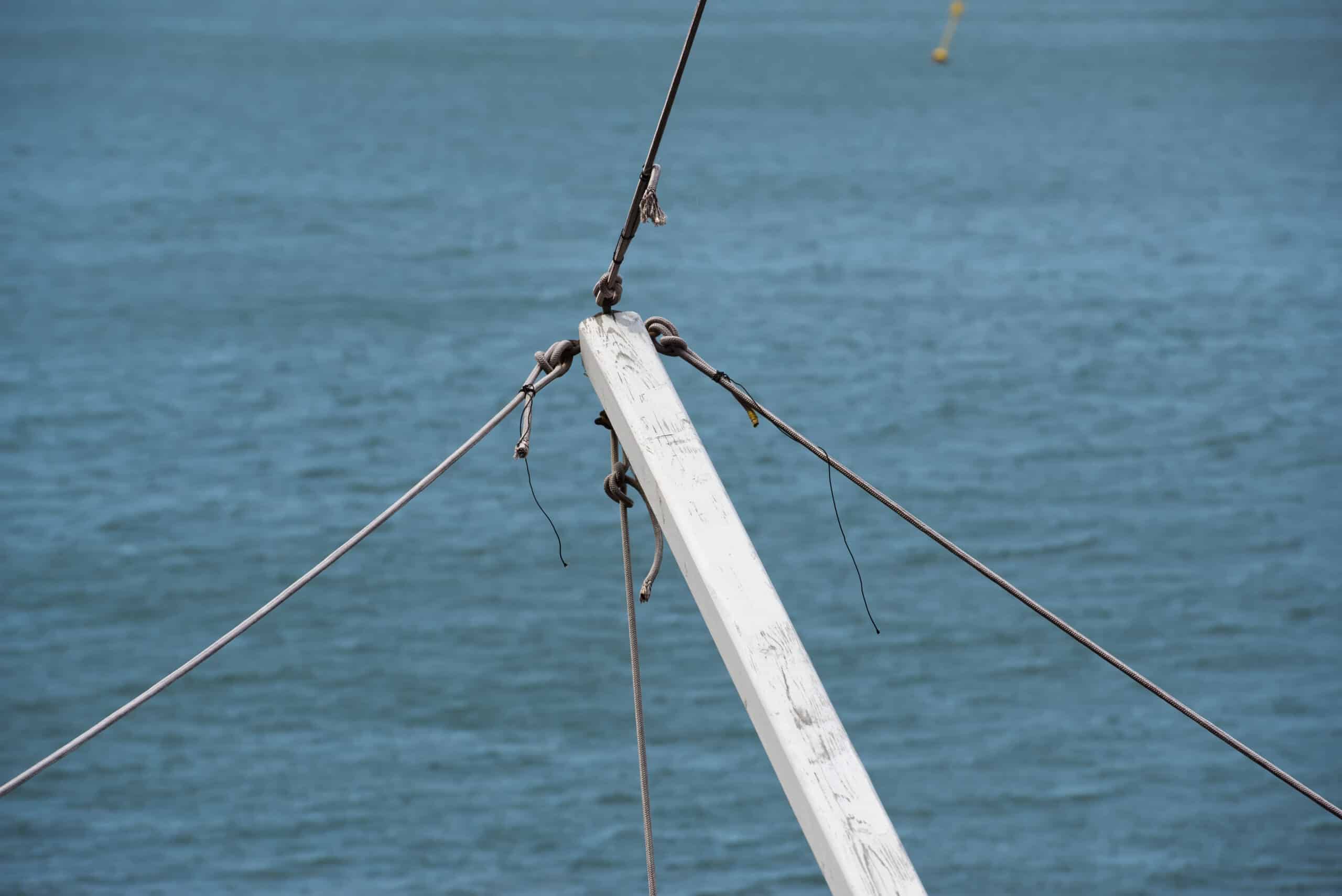Which is Stronger: Palomar or Improved Clinch Knot?
Key Takeaways
- The Palomar knot has an average efficiency of 115.8% across all line types, suggesting that it is highly efficient and can even surpass the breaking strength of the line it is tied with.
- The Palomar knot maintains 91 percent of the line’s test strength, according to John Berwin’s tests mentioned in an article on Tyepro.
- Comparatively, the Improved Clinch knot has an average efficiency of 107.5% across all line types, falling slightly behind the Palomar knot. It also maintains 86 percent of the line’s test strength.
When it comes to fishing, one of the most crucial aspects is tying knots that are not only secure but also strong. The strength of a knot can determine whether you successfully land that big catch or end up losing it. Two popular knots that anglers often use are the Palomar knot and the Improved Clinch knot. In this article, we will explore the strengths of these two knots and determine which one is stronger based on the available information.
Understanding Knot Strength Efficiency
Before we delve into the comparison between the Palomar knot and the Improved Clinch knot, it is important to understand the concept of knot strength efficiency. Knot strength efficiency refers to the percentage of the line’s breaking strength that a particular knot can retain. A higher knot strength efficiency indicates a stronger knot.
Palomar Knot Strength
According to the information provided in the text from KnotsForFishing, the Palomar knot has an average efficiency of 115.8% across all line types. This suggests that the Palomar knot is highly efficient and can even surpass the breaking strength of the line it is tied with. Additionally, John Berwin’s tests, as mentioned in an article on Tyepro, showed that the Palomar knot maintains 91 percent of the line’s test strength. These findings further support the notion that the Palomar knot is indeed a strong knot.
Improved Clinch Knot Strength
Comparatively, the Improved Clinch knot has an average efficiency of 107.5% across all line types, according to the information provided on KnotsForFishing. While this efficiency is still quite high, it falls slightly behind the Palomar knot. Furthermore, John Berwin’s tests, as mentioned in the same article on Tyepro, demonstrated that the Improved Clinch knot maintains 86 percent of the line’s test strength. While this is a respectable percentage, it is lower than the Palomar knot’s strength retention.
Conclusion: Palomar Knot is Stronger
Based on the available information, it is evident that the Palomar knot is stronger than the Improved Clinch knot. The Palomar knot consistently demonstrates higher knot strength efficiency across all line types, surpassing the breaking strength of the line it is tied with in some cases. Additionally, the Palomar knot maintains a higher percentage of the line’s test strength compared to the Improved Clinch knot.
Related Websites:
FAQs:
Q: Why are fishing knots important in fishing?
Fishing knots are crucial in fishing as they ensure the connection between the fishing line and the hook or lure. Using a strong knot is essential to prevent losing fish and increase chances of successful fishing.
Q: What is the Palomar knot and why is it popular?
The Palomar knot is a popular fishing knot known for its simplicity and reliability. It is easy to tie and has been proven to have excellent strength, reducing the risk of losing fish.
Q: How strong is the Palomar knot?
The Palomar knot is highly regarded for its strength. Fishing experts and research suggest that it is one of the strongest knots available, making it a reliable choice for anglers.
Q: What is the improved clinch knot and why is it popular?
The improved clinch knot is a versatile and easy-to-tie fishing knot that is widely used by anglers. It is known for its reliability and effectiveness in securing hooks and lures.
Q: Which knot is stronger, Palomar or improved clinch knot?
The strength of a knot can depend on various factors such as line material and diameter. While the Palomar knot is often considered slightly stronger, the practical difference in fishing situations is usually negligible. Both knots are reliable options for anglers.






